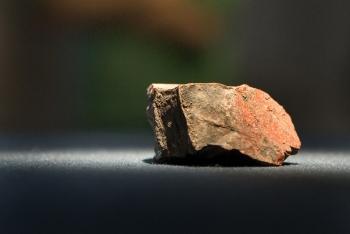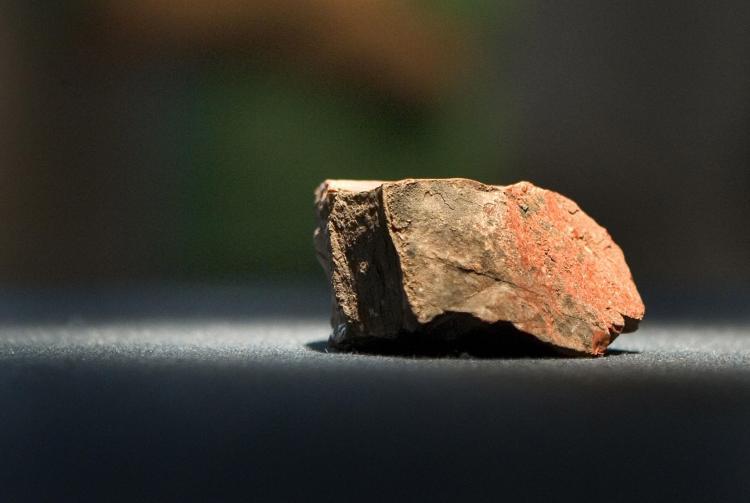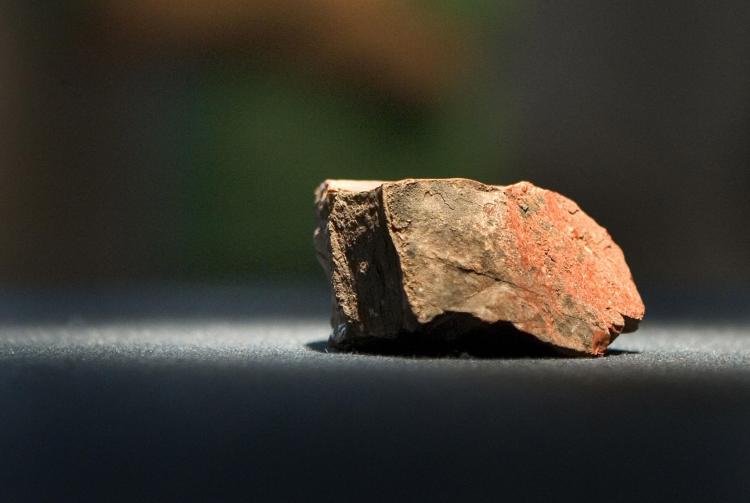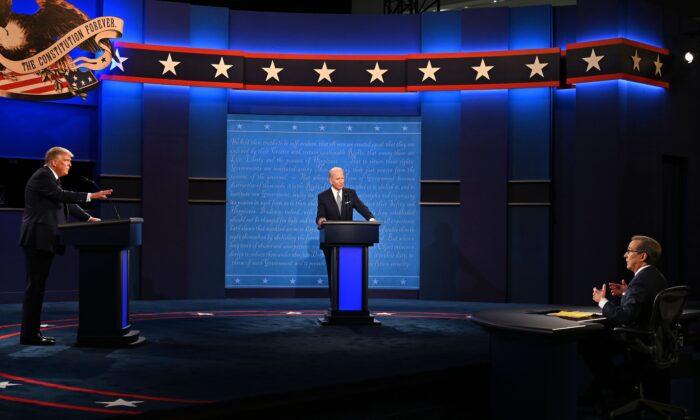AMSTERDAM—A moon rock presented by America to a Dutch diplomat after the first moon landing in 1969, is nothing more than a piece of petrified wood.
The object was given by the former American ambassador to the Netherlands, J. William Middendorf, to former Dutch prime minister Willem Drees when the Apollo 11 astronauts visited the Netherlands in 1969.
After Drees died in 1988 the stone was given to the State Museum in Amsterdam.
Xandra van Gelder, chief editor of the State Museum’s Oog magazine, initiated research into the authenticity of the stone. She says that doubts started when moon experts questioned the authenticity of the stone on display at the museum’s 2006 ‘Fly me to the Moon’ exposition.
The moon experts told her that the Apollo 11 astronauts took only a very small number of stones, and what they took stayed at NASA for research.
Van Gelder said, “If they would have given away some moon stones in 1969 (which did not happen), then it would be the size of a small grain.” Referring to the ’moon stone,' she said, “for a stone, it is tiny, about the size of a matchbox.”
Research by the VU University in Amsterdam has now established that the stone is an ordinary piece of petrified wood.
“It stays in the collection of the State Museum, because all of our objects have their own story, and now a new special chapter has been added to this story,” said van Gelder.
At one time the stone was insured for around 50,000 euros. “Now it is worth about 50 euros,” says van Gelder.
There is much speculation about the purpose of giving the stone as a gift. Was the stone intentionally given to mislead people, or did Drees misinterpret the gift?
Van Gelder continued, “On the card that was given along with the stone, it did not literally say that it was a moon stone ... But what is odd about it: ‘Why would you give such an insignificant stone as a keepsake?’ I don’t get that.
“Juliana [the former Queen of the Netherlands], for example, received a copy of the placards that had been left on the moon. Such a gift I can understand. That is to remember such an important moment.
“But why a stone that has nothing to do with the moon landing?”







Friends Read Free